Jan 06, 2015 Helpful Links Regarding Malware Problems. If you are having an immediate problem with ads popping up see The Safe Mac » Adware Removal Guide, AdwareMedic, or Remove unwanted adware that displays pop-up ads and graphics on your Mac - Apple Support. The Malware Removal Tool (MRT.app) is an Apple application that lives in the CoreServices folder located in /System/Library, rather than the Applications or Utilities folders where user level programs are typically located. Despite taking the form of an application bundle, MRT is.
Phew! A virus can’t be downloaded onto your iPad. That’s a relief especially since your kids often play on it.
This doesn’t mean you shouldn’t worry. Threats like malware are real and dangerous if you don’t know how to identify them.
There’s no need to panic. This guide will walk you through how to remove malware on iPad and more.
Can iPads Get Malware?
Those who use Apple products probably already know the chances of getting a virus is extremely low. This is what makes these products so desirable. But can iPads get malware?
Yes, malware is a threat to iPads because they can get them. No known virus can get an iPad, but you should be wary of adware, malware, and spyware.
You can get any of these threats by fake advertisements, untrusted sources, phishing attempts, and more. Most of these threats can easily be combatted with common sense. As long as you know what to look for, you should be safe from malware and other threats when using an iPad.
Malware on iPad
Malware is short for malicious software. This type of software can do different things when it gets to your iPad. It can figure out your passwords or steal your credit card and other valuable information.
Malware programs don’t specifically target iPads. The apps that malware is present in are rare.
Luckily, the Apple App Store reviews each iOS app before they accept it. The apps that are downloaded from this store are almost always safe from malware. Apple can also scan the app before you open it on your iPad to make sure it is still acceptable for use.
Even though the risk is little to none, you should always be careful. If your personal information gets spread, it can be easier to steal your identity.
Never give up crucial information on any app unless there is a reason it is necessary. This includes sensitive personal information and financial information.
There are apps available that can be used for security. Security apps will help block phishing and other scams. If you get malware on your iPad, you can contact a technology company that works on iPad repairs.
Adware on iPad
iPad adware scams are more common. This is a form of malware that will track your tablet’s history to predict your interests.
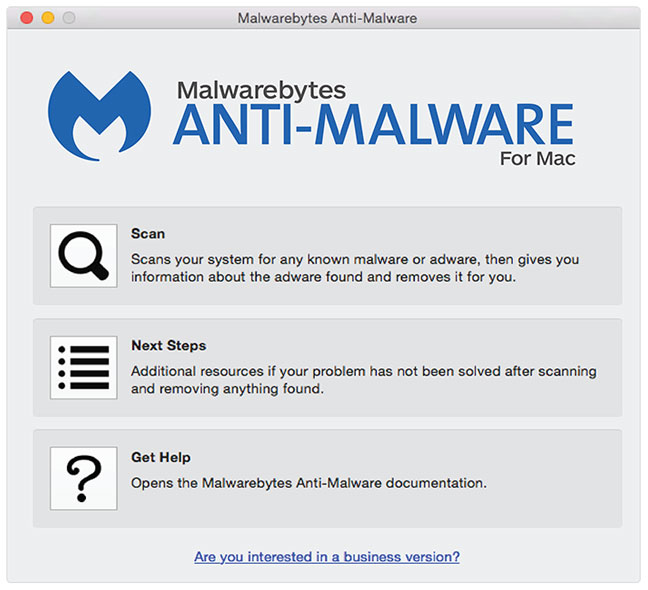
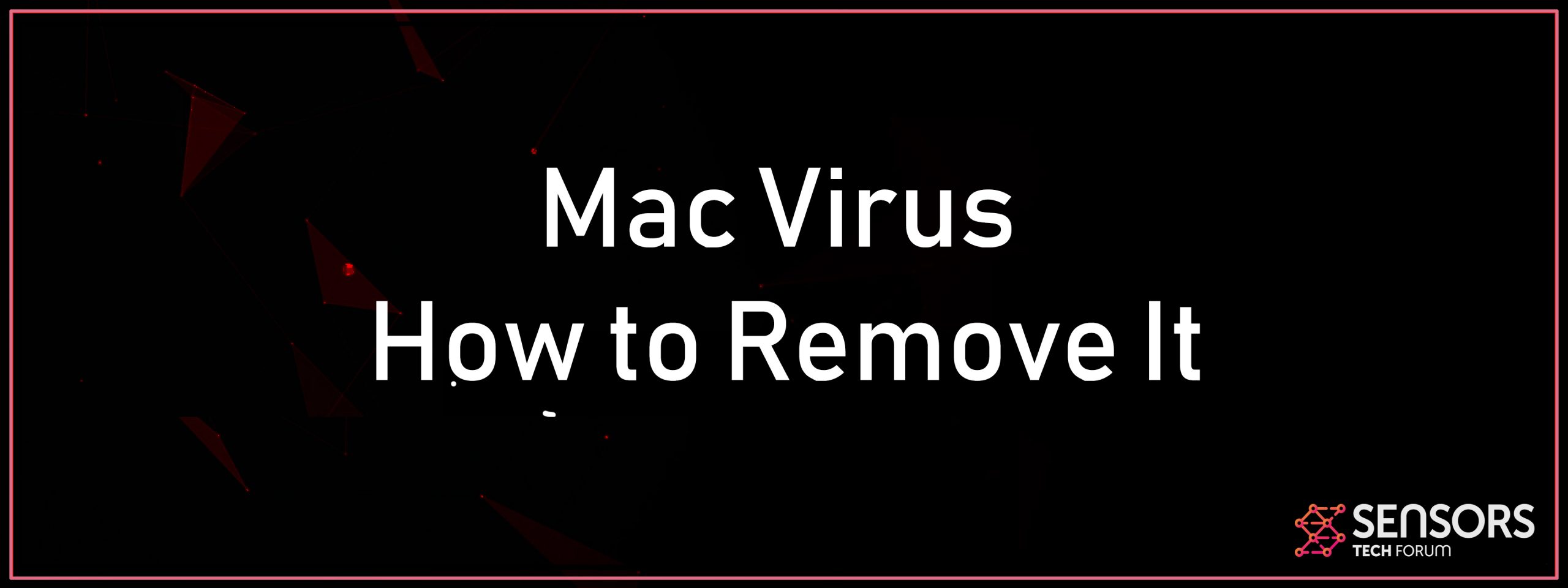
A person behind adware will target you with fake ads they know you will be interested in from your search results. These pop-up advertisements can be avoided if you can identify them and not click on them.
Removing malware from iPad can easily be done. If you believe that your iPad is suffering from adware, you need to clear your web and history data.
Use these steps to remove malware from iPad:
- Open Settings
- Click “Safari”
- Click “Clear History and Website Data”
- Confirm by clicking “Clear”
Spyware on iPad
This type of malware can get into your iPad and damage it without you knowing. Spyware can take your personal information and sell it to people. Sellers often include advertisers, data firms, and more.
Spyware can also track everything that is done on the iPad. It will look at your browsing history, conversations, and check what you have downloaded.
Spyware is often disguised to trick people into thinking it is a real type of software. This type of hacking technique is known as a Trojan horse. Criminals will use this type of malware to control and access sensitive information.
If you download a file from an untrusted source, spyware can infect your iPad. It can also happen if an email is infected and sent by an unknown sender.
iPad Malware Removal
As mentioned above, Apple reviews each app before it can be downloaded by consumers. Although rare, some malicious coding apps have snuck through the screening process. Usually, these are removed quickly.
You are more likely to get any type of malware if your iPad is jailbroken. A jailbreak will remove software restrictions that Apple created to keep their devices safe.
Jailbroken iPads have become popular because they can allow owners to customize their iPad and download anything restricted by Apple. These perks may not be worth the malware risk.
iPad malware removal can often be done by clearing your device completely. Sometimes, just clearing your history and all browsing data can remove malware from your iPad.
Since Apple is quick to fix security issues, updating your iPad software could remove malware on iPad. Always update your device when a new version is available. You can download the newest version of Apple software by:
- Opening Settings
- Clicking “General”
- Clicking “Software Update”
- Running the update
Drivers hiti usb devices. It’s also a good idea to turn on automatic updates in your iPad settings. This way you will never miss a new update.
Malware on iPad is rare, but your device is not 100% safe. You can keep your iPad safe with these tips:
- Don’t jailbreak your iPad
- Turn on “Find My iPad”
- Use an iPad passcode
- Secure the lock screen
- Don’t open emails from unknown senders
- Don’t click on suspicious images
- Keep your iPad up to date
Keep Your iPad Safe
Viruses may not be common on your iPad, but malware is a clear threat. You can remove malware on iPad with these great tips.
The best practice for protecting your device is by being aware of anything that looks malicious or suspicious. Removing malware on your iPad does not have to be an issue if you focus on preventing it.
For more information on iPad repair, check out the Fruit Fixed blog.
Has your Mac started crashing, acting strangely, making random sounds, or just seeming a little sluggish of late?
How about annoying pop-ups and unexplained browser redirects - have they suddenly started making an unwelcome appearance?
It can be tricky to pinpoint exactly what’s ailing your beloved MacBook or iMac when these issues start appearing.
The good news is, more often than not, it's just a glitch. Maybe a minor hardware issue, or your macOS has a bug that needs resolving. In short, nothing too nefarious to see here.
But, it could also signal some seriously unwelcome news: A malicious piece of software has infiltrated your beloved MacBook or iMac.
Good Mac protection is a great way to keep yourself safe wherever you wander online. Clario is a completely new type of security app that comes with built-in 24/7 support from live security experts. Best of all, it's jargon-free, personalized, and easy to use. Download Clario and keep your Mac malware free.
If this is the case, though, we can promise you that all is not lost. There are ways to root out that pesky malware before it can cause some real, costly damage.
In fact, if your Mac’s performance does tip you off to a potential malware infection, then you should consider yourself one of the lucky ones. Many cybercriminals have created some seriously sophisticated malware programs that operate quietly in the background and don’t make your Mac act suspiciously at all.
Meaning you’re none the wiser, while they’re lurking behind the scenes, potentially stealing your passwords, credit card info, and more for their own gain. Ouch.
But don’t worry. We’ll walk you through all the options, then you can decide for yourself how to remove the malware once and for all. Thankfully, there are lots of ways to go about clearing malware and viruses from your Mac that won’t cost you an arm and a leg.
For now, though, let’s debunk the biggest, most enduring Mac myths of all - that they're immune from malware.
Yes, Macs can get infected with malware
We've covered this in a lot more detail in an earlier article. But despite Apple’s best efforts and the fact that cybercriminals generally prefer to target PCs, yes, your Mac can absolutely contract a malware infection.
Notwithstanding the fact that Macs come with a built-in security software (called XProtect) that works to detect and remove malicious software, malware that can get around your Mac’s built-in antivirus is indeed a thing, and it’s on the rise.
More recently, in fact, there’s been quite the uptick in adware and Potentially Unwanted Programs (PUPs) outbreaks directed specifically at Mac users. To put this alarming trend into context, SecureList found that 1.8 million Mac malware attacks took place in the first half of 2019 alone. There have even been known instances of Mac ransomware in recent years.
Clario’s step-by-step guide to cleaning malware from your Mac
Some Mac malware removal methods work better than others, depending on the extent of the infection and the severity of the malware. Here are two approaches to cleaning up your Mac.
Option 1: Download a (legit) anti-malware program designed specifically for Mac
This is by far the quickest, most painless solution to your Mac malware woes.
In just a few clicks, a Mac anti-malware program, like Clario, can clear out any nefarious malware apps on your Mac.
Option 2: Manually remove malicious applications from your Mac
If you’ve sussed out exactly what program on your Mac is malicious (some notable offenders include Bird Mine, OSX/Linker, OSX/CrescentCore and CookieMiner, although many other types of Mac malware are floating around) and want to handle removing it yourself, then you can follow these easy step-by-step instructions:
Step 1: Disconnect your Mac from the internet
Drivers generic port devices. Consider this a damage-control measure. It’s far and away the best way of curbing the malware spread and preventing more of your data being accessed by cybercriminals.
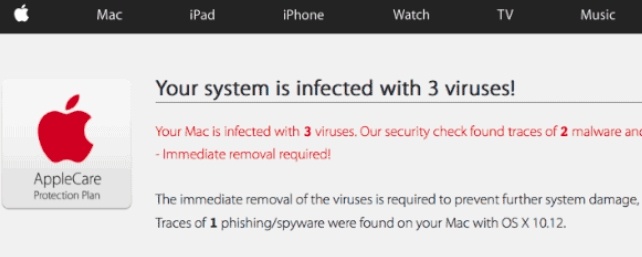
If you do decide you need a Mac malware removal tool, you can quickly reconnect to the internet for the duration needed to access one, then immediately disconnect once your download is complete.
Step 2: Enter Safe Mode
Apple Malware Removal Scam
Boot your Mac into Safe Mode. All you need to do here is hold the Shift key when the Apple logo makes an appearance.
This way, you’re starting your Mac with only the most essential programs needed for it to load, stopping any potential viruses from running amok.
Step 3: Close the suspicious app (if it’s still running)
On your Mac dock, click Finder (the one that looks like a happy face) > Utilities > Activity Monitor.
Step 4: Click on Applications
This will display any processes running on your Mac, including malicious software.
Step 5: Find and uninstall the suspicious app
You’ll be able to force the app to close within the Activity Monitor, then manually delete it via the Finder. Finally, don’t forget to empty the Trash (no dawdling at this point, you’re almost there!)
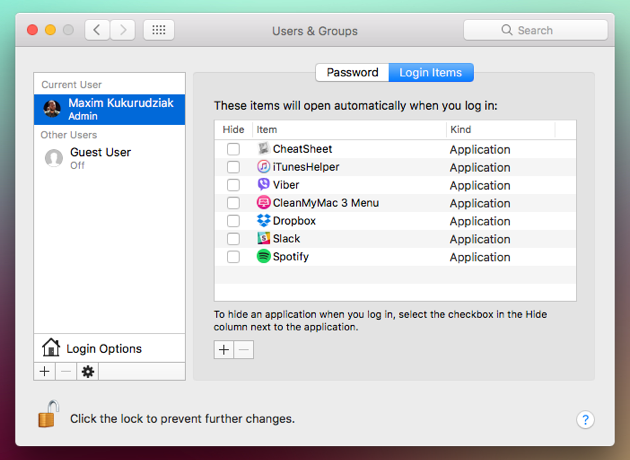
Step 6: Don’t forget to clear malware extensions from your browser
Adware especially loves to attach itself to your browser (and drive you stir crazy with unrelenting pop-ups), so this is a step in the malware clean-up process you don’t want to miss.
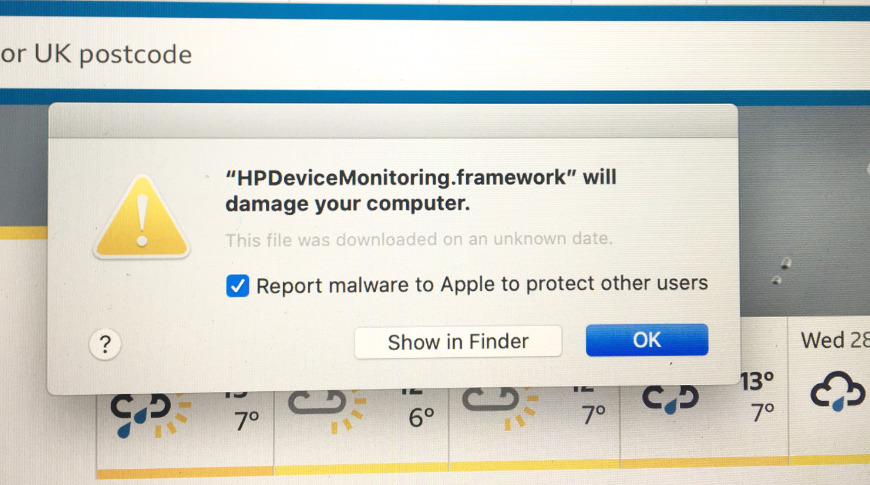
Removing malware from Safari: Go to the main menu and click on Safari Extensions. Locate the offending piece of adware. Click Uninstall. Remember to clear your cache when you’re done.
Step 7: Don’t forget to check your Login items
Hey, don’t say we didn’t warn you that malware creators are a sneaky sort.
So sneaky, in fact, that they’ll often try to find their way into your Mac’s startup process so they can really take over the show.
Here’s exactly how to circumvent them:
- Go to System Preferences.
- Select Users & Groups.
- Check your user name is highlighted.
- Open Login Items.
- Use the '—' to disable any malware running.
- Restart your Mac.
I think my Mac may still be infected with malware. What do I do?
Yep, we hear you - even with all these steps, malware removal can be a tricky beast.
It’s a bit like playing whack-a-mole trying to keep the fraudsters at bay. There might be parts of the malware app hiding out or otherwise lying dormant within your macOS, biding its time until it rears its ugly head and infiltrates your system once again.
And more often than not, you’ll be none the wiser as to what malware exactly you’re infected with, how it got into your computer in the first place and where it’s setting up shop in your computer’s system.
That’s why we heartily recommend installing a reputable antivirus app that can scan your Mac and catch any lingering vulnerabilities.
How to avoid getting another malware on your Mac
If you already have antivirus software running on your Mac, then you might want to consider scrapping it, then looking for another provider.
After all, your current antivirus program let that piece of malware slip through - who’s to say it won’t happen again? As the old saying goes, once bitten, twice shy.
And don’t rush into buying just any Mac anit-malware. The internet is chock full of bogus antivirus software that’s really just another piece of malware in disguise.
Your best bet is to shop around, do your research and opt for one that’s been highly rated by reputable tech review sites, like Techradar or MacWorld.
If all else fails, will factory reset remove the malware from my Mac?
Yes it can, but consider this more of a last resort, if you've followed all the steps above to no avail. The downside here, of course, is that you’ll probably lose any important files and docs you were working on since the malware wormed its way in. That said, if you’re someone who backs up everything to iCloud, Dropbox or another external backup solution, it shouldn’t be too much of an issue for you to recover this data if your Mac does get infected by malware.
All you have to do is restore your Mac using Time Machine (Apple’s inbuilt backup system), which lets you quickly restore your Mac to a happy working state (i.e. a point in time you know for sure your machine wasn’t infected). This way, you can do a wholescale update of all your software and macOS and know for sure your Mac has been cleaned of anything sketchy.
Time to breathe a sigh of relief - you have your malware-free Mac back again! Before you go, though, we’ve got a little piece of homework for you: read up on how to avoid getting scammed or phished again. After all, we don’t want you to find yourself having to remove another malware from your Mac again.
Read more:
We’d like to stay in touch.
Apple Malware Removal Tool
We’ve got something special to share! Download diso printers driver. Enter your contact details below to be among the first to find out about the exciting changes we’ve got in the works as well as to receive special promotions.
Thanks for your subscription!
Apple Malware Removal Free
You’ll be the first to know about our updates. Please keep an eye on your mailbox.

Comments are closed.